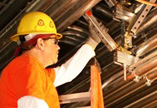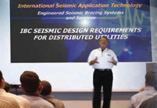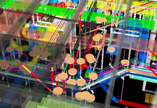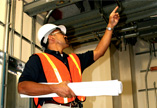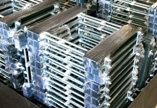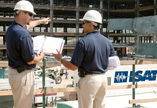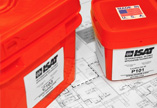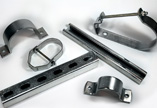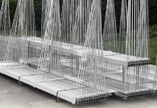Geoligical Hazards
Geoligical Hazards and Investigations
11.8 GEOLOGIC HAZARDS AND GEOTECHNICAL INVESTIGATION
11.8.1 Site Limitation for Seismic Design Categories E and F. A structure assigned to Seismic Design Category E or F shall not be located where there is a known potential for an active fault to cause rupture of the ground surface at the structure.
11.8.2 Geotechnical Investigation Report for Seismic Design Categories C through F. A geotechnical investigation report shall be provided for a structure assigned to Seismic Design Category C, D, E, or F in accordance with this section. An investigation
shall be conducted and a report shall be submitted that shall include an evaluation of the following potential geologic and seismic hazards:
a. Slope instability.
b. Liquefaction.
c. Differential settlement.
d. Surface displacement due to faulting or lateral spreading.
The report shall contain recommendations for appropriate foundation designs or other measures to mitigate the effects of the previously mentioned hazards. Where deemed appropriate by the authority having jurisdiction, a site-specific geotechnical report is not required where prior evaluations of nearby sites with similar
soil conditions provide sufficient direction relative to the proposed construction.
11.8.3 Additional Geotechnical Investigation Report Requirements
for Seismic Design Categories D through F. The geotechnical investigation report for a structure assigned to Seismic Design Category D, E, or F shall include:
1. The determination of lateral pressures on basement and retaining walls due to earthquake motions.
2. The potential for liquefaction and soil strength loss evaluated for site peak ground accelerations, magnitudes, and source characteristics consistent with the design earthquake ground motions. Peak ground acceleration is permitted to
be determined based on a site-specific study taking into account soil amplification effects or, in the absence of such a study, peak ground accelerations shall be assumed equal to SS/2.5.
3. Assessment of potential consequences of liquefaction and soil strength loss, including estimation of differential settlement, lateral movement, lateral loads on foundations, reduction in foundation soil-bearing capacity, increases in
lateral pressures on retaining walls, and flotation of buried structures.
4. Discussion of mitigation measures such as, but not limited to, ground stabilization, selection of appropriate foundation type and depths, selection of appropriate structural systems to accommodate anticipated displacements and forces, or
any combination of these measures and how they shall be considered in the design of the structure.


